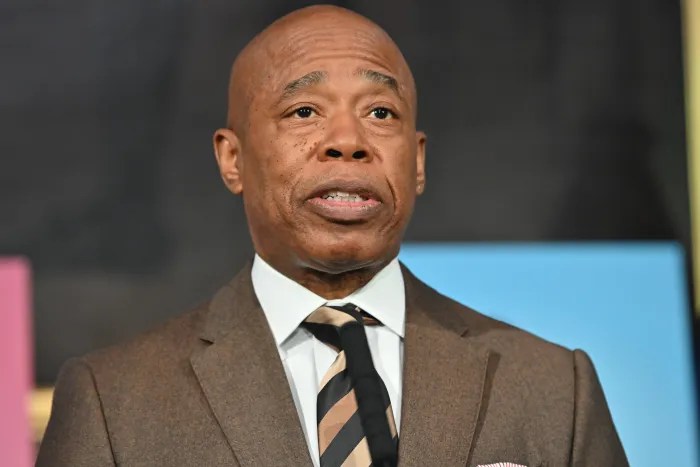For the past several years, residents of New York City have seen their buildings turn into the pedestals of a cellular world. Its impossible to turn around without seeing the telltale signs of carriers like T-Mobile, Sprint and Verizon on the tops of buildings in the form of bulky wireless transmission antennas. These unsightly refrigerator-sized units, which come surrounded with dozens of snaking cables, are popular among public officials catering to cellular users, including Mayor Michael Bloomberg and U.S. Senator Charles Schumer.
Two local pols, however, have listened to the call of an angry public that is sick of seeing the antennas multiply on their own homes without any notification. Last week, the City Councils Health and Housing Committee held a joint hearing on the proliferation of wireless transmission antennas at the request of Councilman Peter Vallone, Jr. Elected officials including Assemblyman Michael Gianaris, who has called for more legislation of the antennas, community leaders, health officials and representatives from the wireless industry testified at the hearing.
"I have likened the construction of cell towers in New York City to the Wild West, a world where no regulation or government oversight exists to provide a voice for the public interest," Gianaris said at the hearing, adding that "While all concerned New Yorkers agree that we need to improve service and eliminate dead zones, there are conflicting views regarding the process undertaken to improve wireless service."
So far, the wireless industry has dodged any regulation of antenna installation because of a loophole created in the 1990s that enables companies to sidestep the citys public review process.
"I think there was some surprise at how lax the Department of Building has been in terms of maintaining records of the antennas locations and how easy it is to get the building alteration permits," said Gianaris.
The Federal Communications Commission (FCC) issues a blanket geographical license to telecommunications companies that grants them the freedom to install the antennas anywhere they want. Neither the FCC nor the city keep any record of their placement, which makes it nearly impossible to determine how many exist. Though wireless companies are still required to get building owners permission to install the antennas, objections are silenced in many cases by paying hefty landlords fees.
According to Vallone, the cellular companies present at the hearing were opposed to any restrictions on regulations concerning the antennas. They claimed that if the city were to begin keeping records of the locations of cellular antennas, it would assist potential terrorists.
"I believe their attempt to scare the public backfired," said Vallone. "I said that as public safety chair, I found their claims patently ridiculous and an outrageous attempt to perpetuate fear."
Though the technology is too new for anyone to know what the long-term health effects will be, that hasnt stopped cities from adopting legislation that puts limits on the spread of the antennas. Both San Francisco and Seattle have banned them from residential areas and Los Angeles prevents cellular companies from installing them on the roofs of schools. Unfortunately, such legislation is difficult to enact when the FCC has published no concrete data on the potential long-term hazards of low-frequency microwave radiation.
Both Vallone and Gianaris have proposed legislation to monitor, study and regulate cellular antennas already installed throughout New York City, as well as those that will be installed in the future. Possible legislation would include a four-month moratorium on the construction of wireless facilities that would allow for a new sitting board to be established, requiring wireless companies to show a need before installing more antennas, require a written notice for property owners and residents living within 500 feet of a proposed antenna, as well as a public hearing and a small fee to be paid by cellular companies upon installation of an antenna. The fee would be used by the city to hire inspectors that would test radiation levels at antenna sites.
"This hearing was a great first step," said Vallone. "Now what we need is more knowledge about the health and safety of these towers so we can determine the proper regulations."































